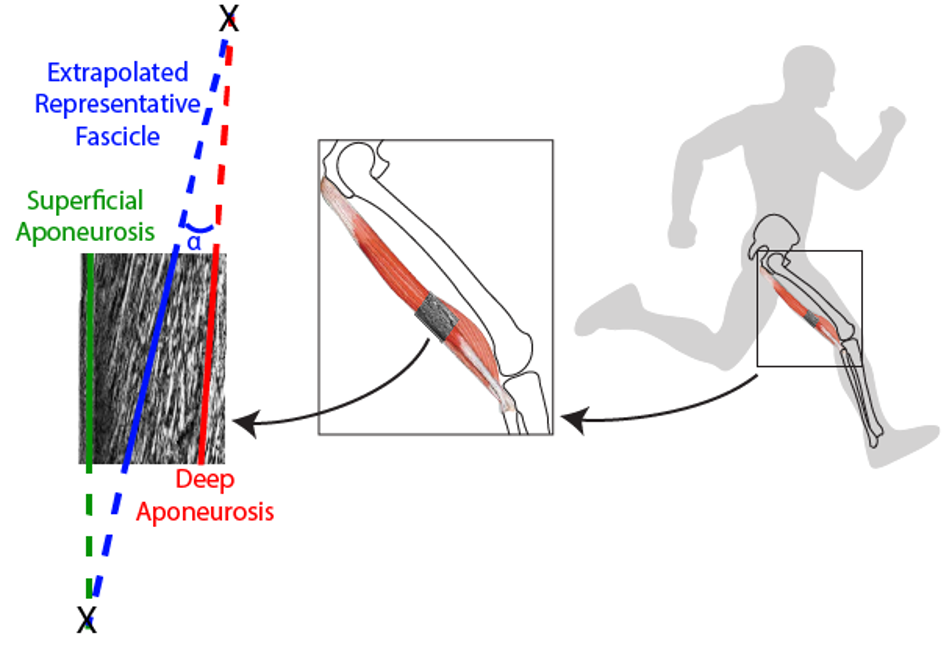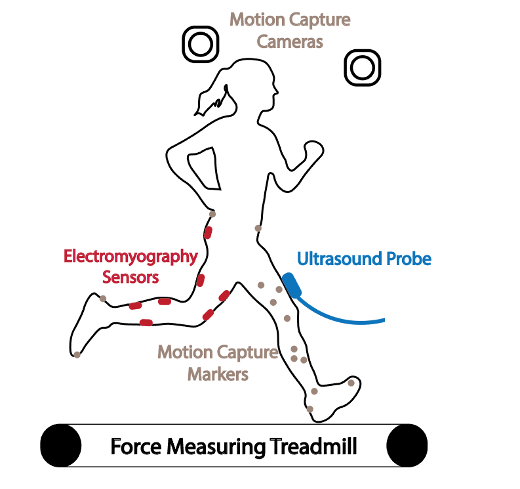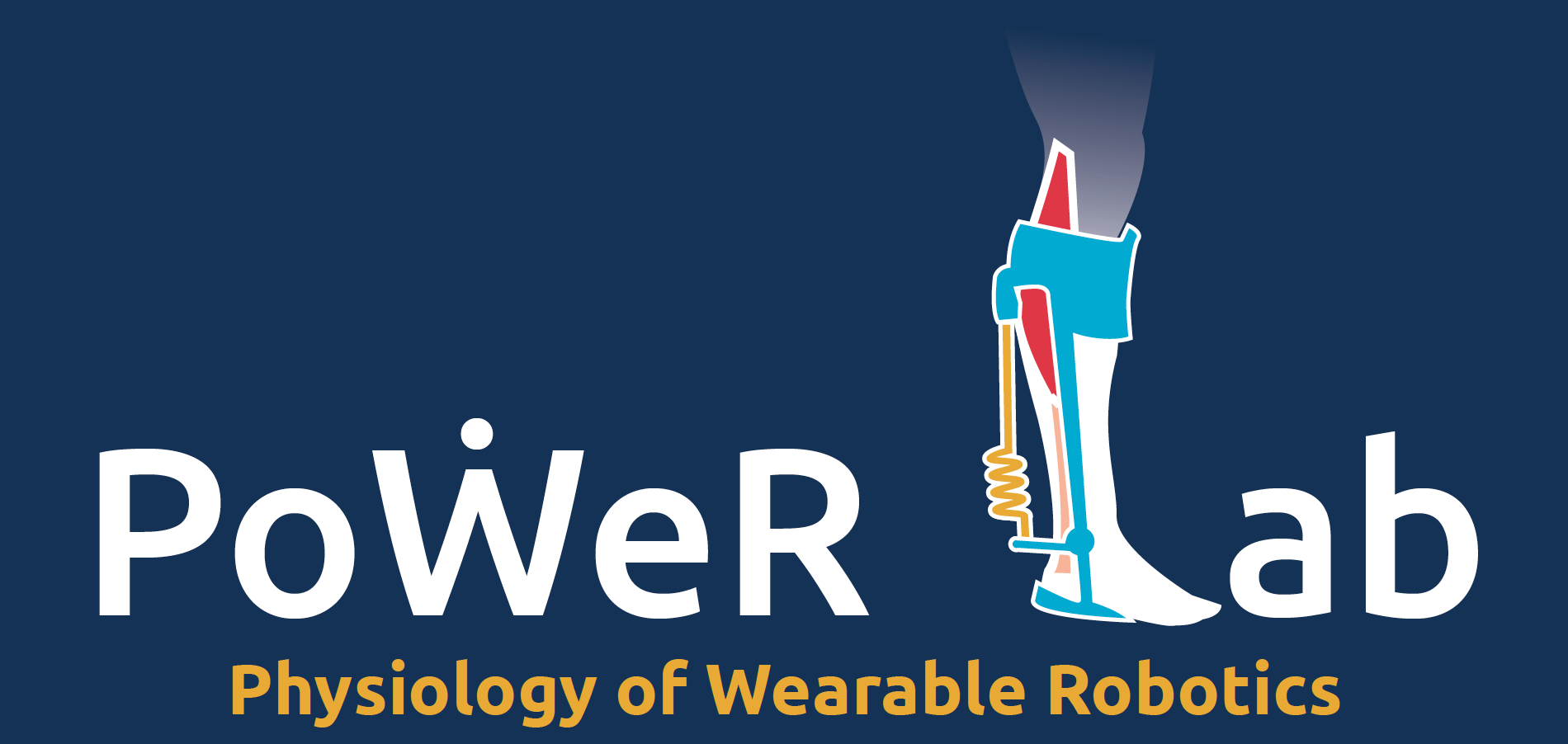The field of wearable robotics is advancing quickly, however, most devices still struggle in environments with complex terrain such as sand, snow, mud or dirt. Perhaps, this poor field performance of wearable devices stems from mechatronic design that does not consider the non-linear physics of interaction between the human-machine system and the environment. Indeed, for wearable systems to effectively stand up to harsh environments as users wander off the beaten path, current devices need to be redesigned from the ground up. Even so, many control and design schemes implemented on wearable systems today still have the same primary underpinnings of more traditional devices developed in decades past. As such, although many modern devices are significantly more functional and technologically complex than their earlier counterparts, their effective context of use (locomotion on flat, even terrain) has thus remained largely the same. This is why we started the Basilisk Boot Project.
Now is the time to combine the knowledge from past studies of locomotion on granular substrates, and insights from wearable devices designed to interact with the physiological properties of underlying musculoskeletal structures. By combining all these individual components, we open up the possibility for a new class of wearable devices that can mitigate the metabolic penalty of moving in complex, dissipative terrain. The insights gained through this project will allow for researchers, designers and engineers to make more informed designs, use more appropriate materials, and tune more optimal control schemes that are better suited to “real-world” use on the robots, exoskeletons and prostheses of tomorrow
This research effort focuses on engineering a wearable device that adopts a bio-inspired approach in order to characterize and augment human locomotion over complex media. Towards this goal, this project requires students to (i.) design a device that can empirically characterize the complex interaction, dynamics, and biomechanics of human locomotion over granular material through force and position sensing outside of the laboratory setting and (ii.) use this initial device as a foundation for development of a modular, bio-inspired wearable robotic system that enables its user to effortlessly traverse complex terrain. This novel device will serve to provide a far more robust, adaptive platform for ‘real-world’ locomotion on changing terrain than currently available wearable devices.
Graduate students:


